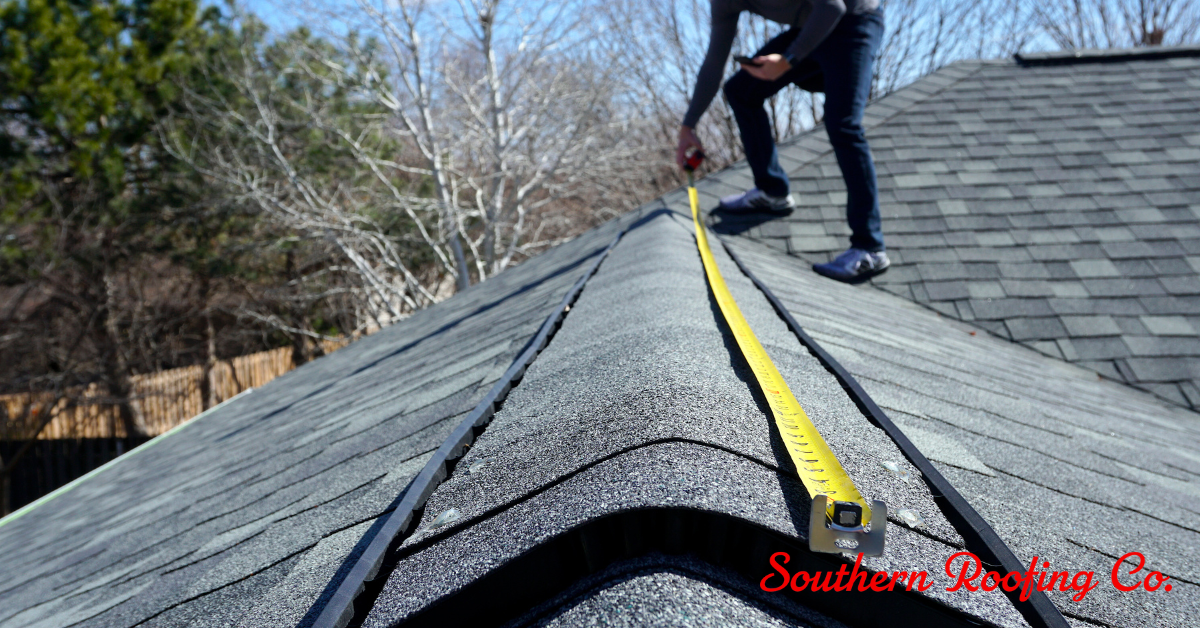
A roof is more than just an aesthetic crown for a building; it's a complex system comprising various components that work in unison to protect your home or business. Whether you're considering roof repair, replacement, or are simply curious, understanding the anatomy of a roof is crucial. This guide, brought to you by a leading Middle Tennessee roofing company, will walk you through the different components that make up both commercial and residential roofs.
1. Roof Structure
The roof structure is the skeleton that holds your roof together. It's typically made of trusses or rafters, which provide the necessary support.
- Trusses and Rafters: These are the bones of your roof, creating the shape and providing a framework for other components.
- Decking or Sheathing: Attached to the rafters, decking is the base upon which everything else is laid. Usually made of wood or plywood, it's a critical component for structural integrity.
2. Underlayment
Underlayment is a layer of material placed on the decking. It's a crucial barrier that protects against water and weather damage.
- Water Resistance: It acts as a secondary barrier against moisture, especially important in regions like Middle Tennessee, known for unpredictable weather.
- Materials: Typically made from felt or synthetic materials, it plays a pivotal role in roof longevity.
3. Roof Covering
This is the most visible part of the roof, consisting of shingles, tiles, or metal sheeting. It's the first line of defense against the elements.
- Shingles: Common in residential roofing, shingles come in various materials like asphalt, wood, and slate.
- Metal Roofing: Often used in commercial roofing, metal roofs are durable, long-lasting, and can be more cost-effective over time.
4. Flashing
Flashing consists of metal strips installed at various points of potential water entry, primarily where the roof surface meets a vertical plane (like chimneys or vent pipes).
- Leak Prevention: It directs water away from these critical areas, preventing leaks.
- Material: Flashing is typically made of galvanized steel or aluminum.
5. Gutters and Downspouts
An integral part of roof drainage, gutters and downspouts ensure water flows away from the building, protecting the foundation and walls.
- Water Management: Properly installed and maintained gutters prevent water from pooling around the building.
- Design and Material: They must be designed to handle the volume of water expected for the roof size and local rainfall patterns.
6. Vents
Roof vents help regulate the temperature in your attic and prevent moisture buildup.
- Temperature Control: In summer, vents help release hot air, reducing cooling costs.
- Moisture Reduction: In winter, they prevent moisture accumulation, a common problem in areas with cold winters.
7. Ridge Cap
The ridge cap covers the peak of the roof where two slopes meet. It's essential for weatherproofing this vulnerable area.
- Sealing the Ridge: Provides an extra barrier against rain and wind.
- Aesthetic Finish: Often designed to complement the roof's appearance.
8. Insulation
Proper insulation in the attic or just below the roof is vital for energy efficiency.
- Energy Efficiency: Keeps your home warm in winter and cool in summer, reducing heating and cooling costs.
- Types of Insulation: Various materials can be used, including fiberglass, foam board, or loose-fill insulation.
9. Soffit and Fascia
These components are not just aesthetic but serve crucial functional purposes.
- Soffit: Located under the eaves, it provides ventilation to the attic space.
- Fascia: This is the board along the roofline, typically where gutters are installed. It also adds to the roof’s aesthetic appearance.
10. Drip Edge
This is a metal strip that goes along the edge of the roof.
- Water Diversion: Helps divert water into the gutters, protecting the underlying roofing components.
- Protection Against Wind Uplift: Especially important in areas prone to high winds.
Understanding the anatomy of a roof is essential for any property owner. Whether you're looking at commercial roofing or residential roofing, each component plays a vital role in protecting your property. Regular maintenance and timely repairs by a reputable local roofing company like Southern Roofing Co. are key to the longevity and effectiveness of your roof.
If you're in Middle Tennessee, choosing a local roofing company for your roofing needs ensures that you have experts familiar with the specific challenges of the region. We can provide tailored solutions for roof repair, replacement, and maintenance, ensuring your roof remains in top condition year-round. Ready for a new roof? Contact us today!


